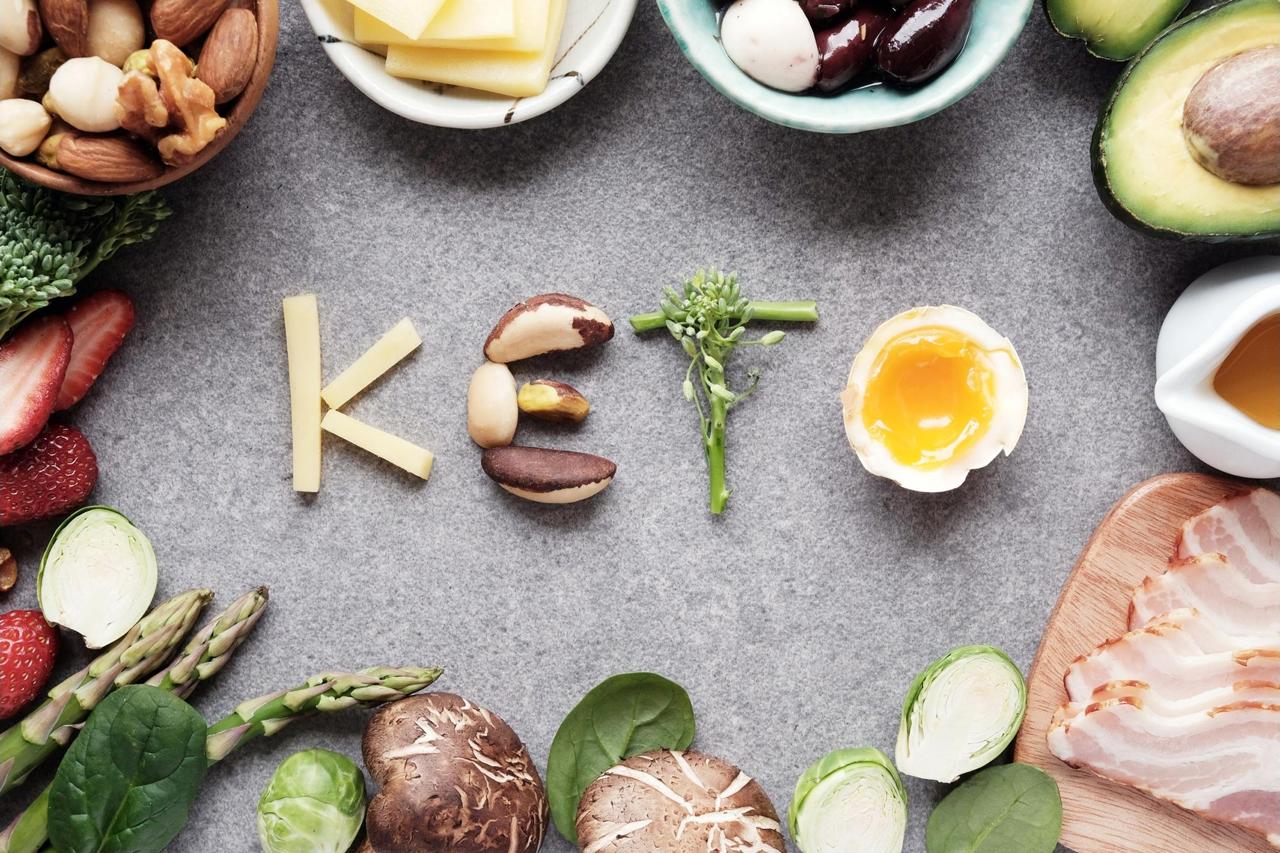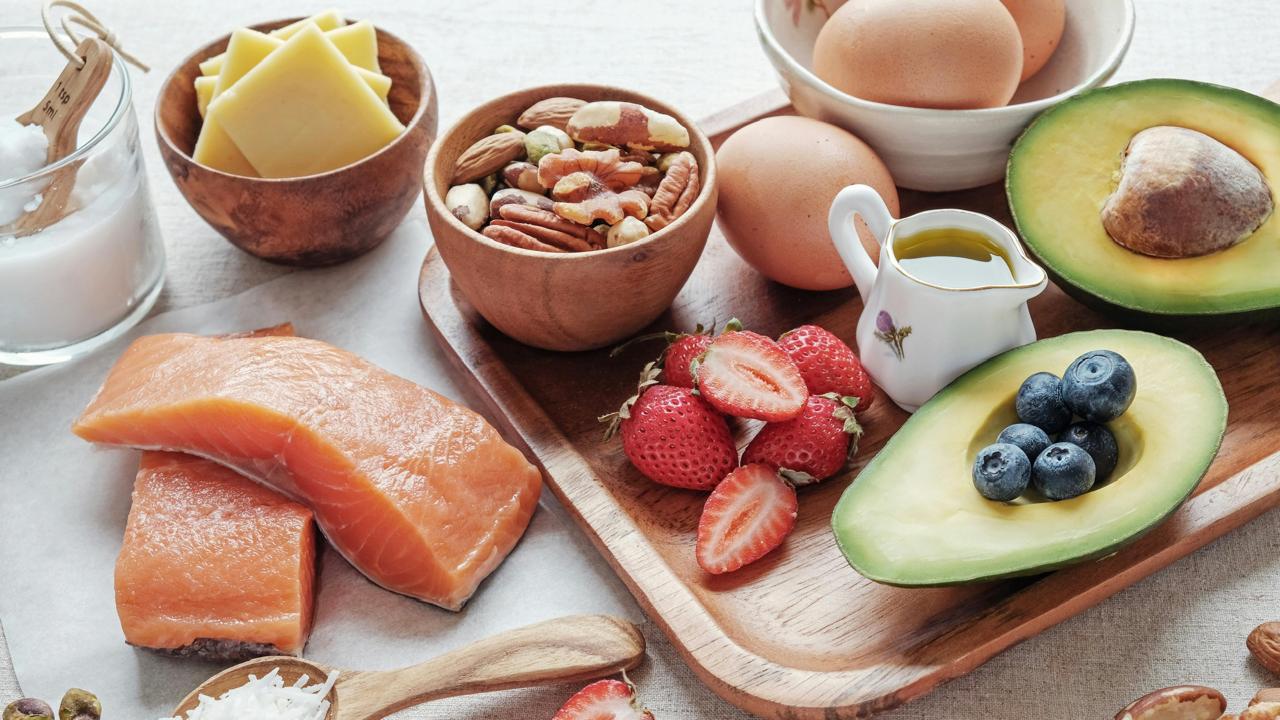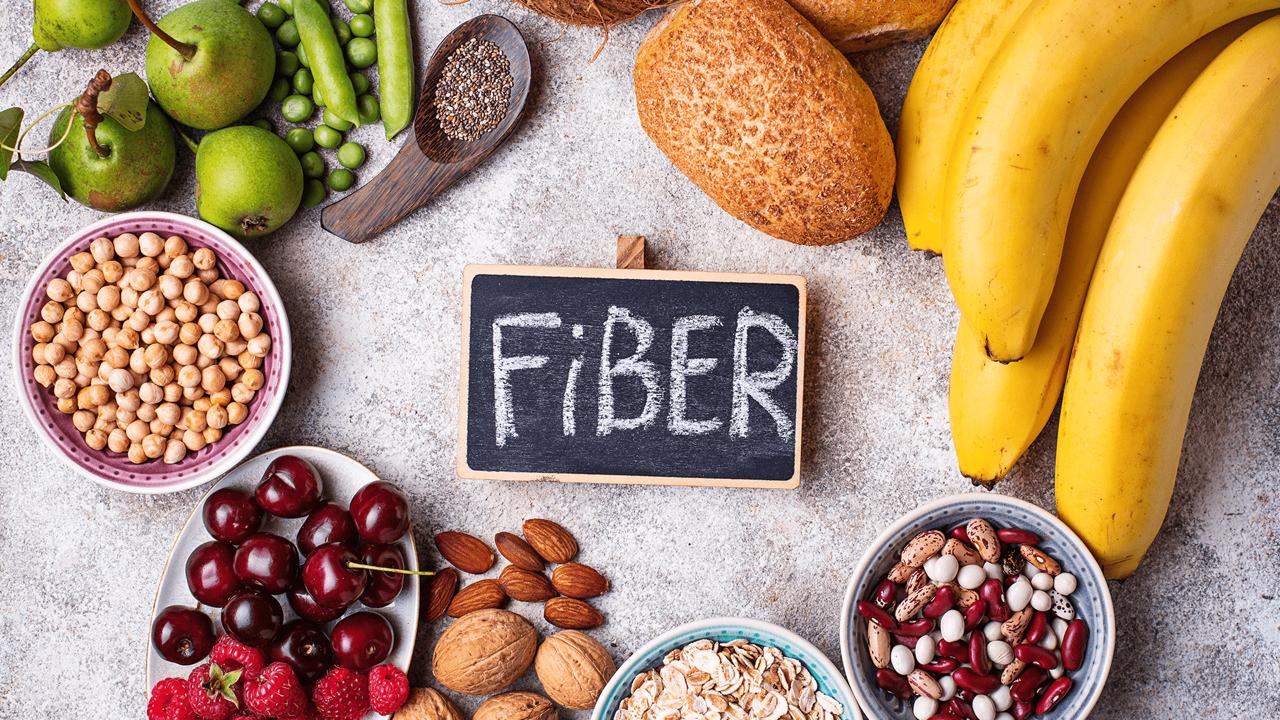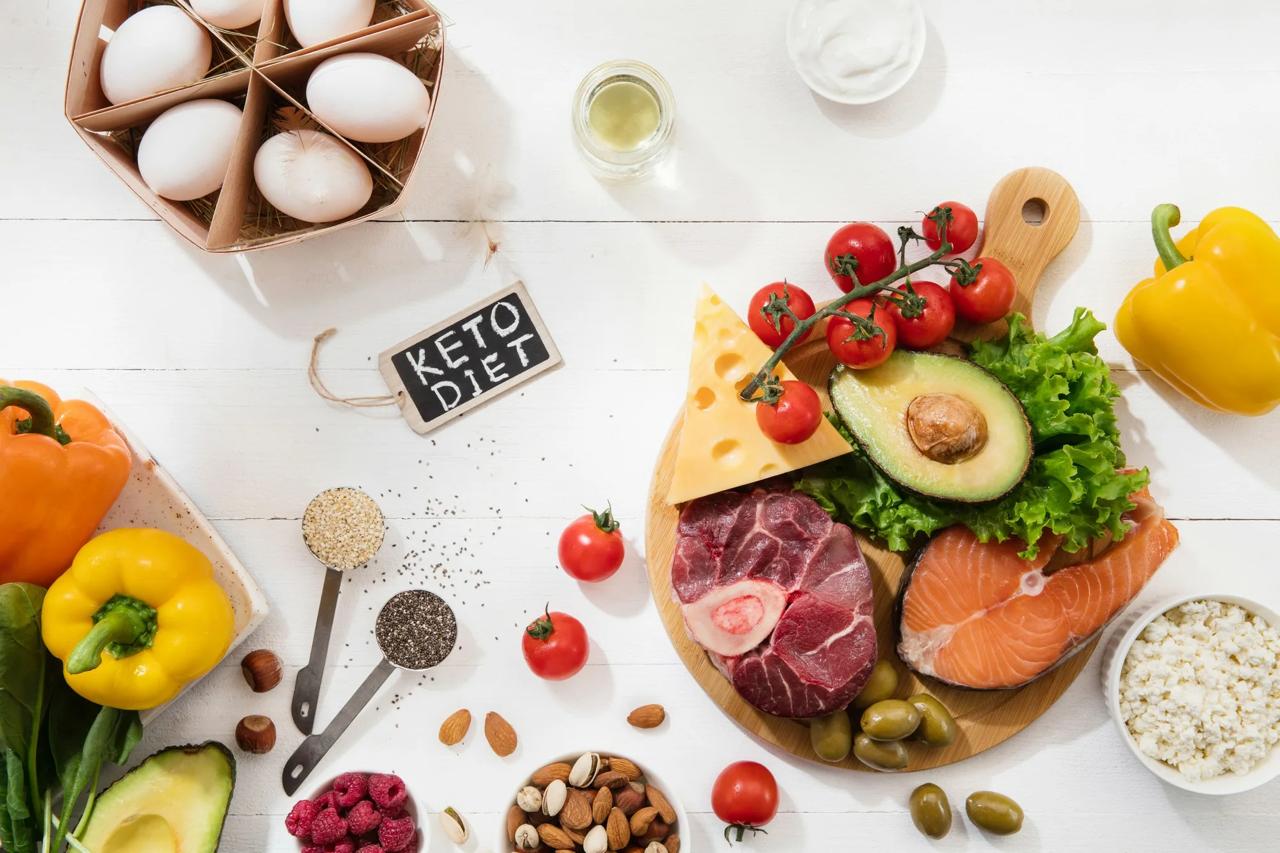Introduction:
Due to its effectiveness in promoting weight loss and improving overall health, the ketogenic diet, or keto, has gained widespread popularity. The fact that this diet heavily relies on reducing carbohydrate consumption raises an important question for many:

How much sugar can you eat on a ketogenic diet at any given time? This question is especially important because sugar is a big source of carbohydrates that can make it hard to stay in ketosis., a metabolic state in which your body consumes fat as opposed to carbs for energy.
We’ll go over the points of interest of a ketogenic diet’s sugar consumption, including how much sugar you can eat while remaining in ketosis, the impacts of sugar on your body, and supportive clues for controlling your sugar consumption.
Understanding the Ketogenic Diet:
On the ketogenic diet, you eat a lot of fat, a lot of protein, and very little carbohydrates. Fat accounts for roughly 70% to 80% of calories, protein accounts for 20% to 25%, and sugars account for 5% to 10%.The body enters a condition of ketosis because of this radical decrease in carbs, which ordinarily range from 20 to 50 grams each day. In this express, the body starts to consume fat as opposed to glucose got from sugars for energy.
The Role of Sugar in the Keto Diet:
The body quickly converts sugar, a simple carbohydrate, into glucose, which provides quick energy. Glucose is the primary energy source in a typical diet. Nonetheless, because of the way that it raises blood glucose levels and makes insulin be delivered, sugar can rapidly disturb ketosis on a ketogenic diet.Insulin obstructs fat consuming and energizes fat capacity, which conflicts with the objectives of the keto diet.
How Much Sugar Might You at any point Have on a Keto Diet?
Consuming not very many starches, including sugar, to keep up with ketosis is fundamental. By and large, it is proposed that you limit your sugar admission to 5 grams each day. Your total daily intake of carbohydrates,which typically ranges from 20 to 50 grams depending on your tolerance and objectives, includes this amount.All sources of sugar need to be monitored, including hidden sugars in processed foods, beverages, and even some fruits and vegetables.
Sources of Hidden Sugars:
Processed Foods: Many handled food varieties contain added sugars, even those named as “solid” or “low-fat.” To avoid hidden sugars, always read the ingredient list and nutrition facts.
Beverages:
Sweet beverages like soft drinks, natural product juices, and caffeinated drinks are high in sugar. Indeed, even apparently solid choices like smoothies and seasoned waters can contain huge measures of sugar.
Condiments: Ketchup, grill sauce, and salad dressings frequently have added sugars. Choose homemade or sugar-free versions.
Dairy Products:Yogurts with flavors and milk substitutes may contain sugars added to them. Pick plain, full-fat adaptations and improve with keto-accommodating choices if necessary.
Effects of Sugar on Ketosis:
Sugar can quickly knock you out of ketosis on the keto diet. A rise in insulin production can result from even small amounts of sugar in the blood.The benefits of ketosis are halted when insulin levels are high because the body switches back to burning glucose for energy instead of fat. In addition, the keto diet’s weight loss and other health goals can be further hampered by cravings and overeating caused by frequent sugar consumption.
Tips for Reducing Sugar Intake on a Keto Diet:

Read Labels Carefully: Be careful about checking fixing records and sustenance realities on food bundling. Choose products with minimal or no added sugars by looking for hidden sugars.
Choose Whole Foods: Eat meat, fish, eggs, vegetables, nuts, and seeds as whole, unprocessed foods. These food varieties are normally low in sugar and give fundamental supplements.
Use Sugar Substitutes: Monk fruit, erythritol, and stevia are all acceptable sweeteners for ketosis. These sugar substitutes can assist with fulfilling sweet desires without influencing ketosis and significantly affect blood glucose levels.
Plan Your Meals: Controlling your sugar and carbohydrate intake can be made easier with meal and snack planning. Prepare keto-friendly recipes low in sugar and high in protein and solid fats.
Stay Hydrated:
Drinking a lot of water can help you control your sugar cravings and maintain general health. Drinking a lot of water is essential because thirst can sometimes be mistaken for hunger or cravings.
Mindful Eating: Practice careful eating by focusing on your craving and totality prompts. Avoid emotional eating and habitual consumption of sugary foods.
The Importance of Fiber:

Getting sufficient fiber in your eating regimen is similarly essentially as significant as diminishing sugar and absolute carbs. Since a sort of carb can’t be separated by the body, fiber affects the creation of insulin or the degrees of glucose in the blood. Consuming foods high in fiber can improve digestion, prevent constipation, and help you feel fuller for longer. Vegetables, nuts, seeds, and low-carb fruits like berries, which are great sources of fiber, work well with the keto diet.
Balancing Sweet Cravings:
Satisfying sweet-food cravings is one of the most difficult aspects of the keto diet. Having said that, you can satisfy these desires without jeopardizing your ketosis because you have some control over them.
Keto-Accommodating Pastries: There are numerous keto-friendly dessert recipes that make use of low-carb ingredients and sugar substitutes. You can enjoy sweet treats without overindulging in sugar by using these.
Dark Chocolate:
Choose dark chocolate with a high cocoa content (85% or higher) and few added sugars.
Fruit in Moderation: Due to their low carb content, berries can be consumed in moderation and satisfy a sweet tooth without exceeding your daily carb allowance. They are typically sweet and contain a lot of fiber, which helps keep their effect on blood with sugaring levels to a base.
Conclusion:
To remain in ketosis and receive the rewards of the ketogenic diet, it is vital for realize how much sugar you can consume. Even though it’s best to minimize sugar intake, being aware of stored sugars and choosing keto-friendly foods can help you stay focused. You can effectively deal with your sugar admission and exploit the various medical advantages of a ketogenic diet by zeroing in on entire food varieties, understanding names, and utilizing sugar substitutes.



